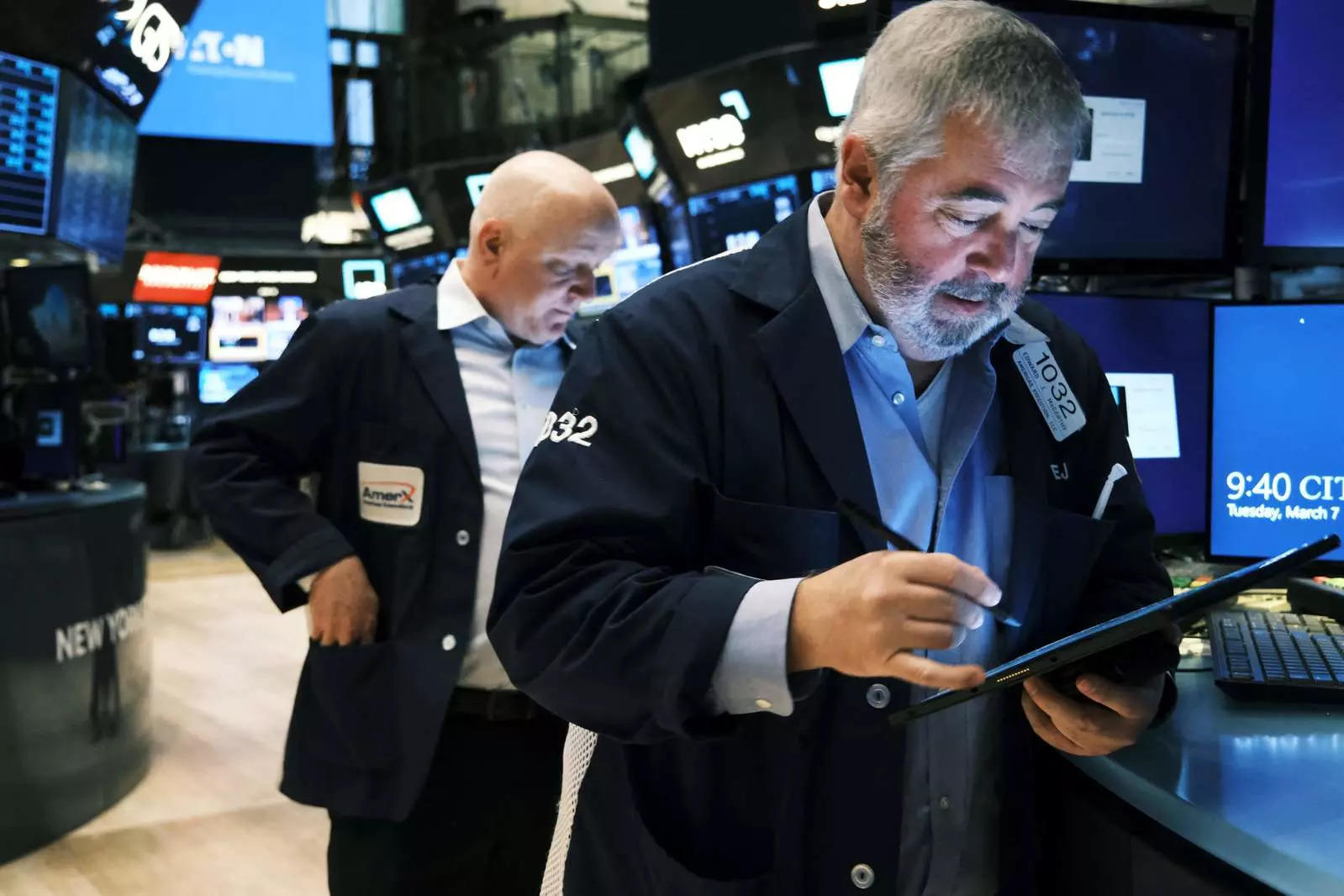What do rising bond yields mean for investors?
Longer-term government bond yields have been rising in developed countries, notably the US, and that’s despite falling inflation and expectations that central banks are at, or close to, the end of their hiking cycle.

Long-term treasury yields in the US have risen to the highest levels that we’ve seen since November 2022.
What’s going on? Long-term treasury yields in the US have risen to the highest levels that we’ve seen since November and many other major bond markets such as those in Germany and the UK have experienced similar increases. We could put the most recent rise down to Fitch’s downgrade of US international sovereign debt or the deluge of treasury supply that occurred in June. But that does not explain the rise in other countries.
In the Standard Bank’s view, this rise will not persist, and 10-year Treasury yields, which currently stand at over 4%, will be back down to 3% next year. As far as we can tell, most other analysts do not see yields falling this far, but the median forecast amongst analysts in the Bloomberg poll still puts 10-year yields down at 3.42% in Q4 next year. Hence, there’s not much dispute about the direction of travel for longer-term Treasury yields; only the speed at which things move But could the rise in yields persist? Of course, that could happen if inflation goes back up again and/or the Fed decides that it is not done with rate hikes. The Standard Bank doesn’t expect either, but they are clearly possible.
Another question that we need to ask is whether yields could keep rising even if inflation falls and the Fed stays on hold. Tensions surrounding the issues of debt and governance raised by Fitch in its downgrade late last week could cause yields to continue to rise. In addition, the potential for a pretty inflammatory US presidential campaign through next year could be thrown into the mix as well.
While this is possible, we would focus in more on the rise in Japanese yields arising from the BoJ’s tweak to its yield curve control (YCC) policy late last month. What we have to recognize here is that treasuries compete for investors’ cash with other assets. In the sovereign bond space, that means JGBs amongst other sovereign debt and, for a long time, JGBs have been no match, at least in unhedged currency terms, because the BoJ has held yields down, first below 0.25% for 10-year JGBs, then below 0.5%, and now 1.0%. We can see lots of ways in which this divergence between yields in the US and Japan has had significant implications.
For instance, if we look at international lending in dollars, we see that there’s been quite a collapse in the past year or so as US rates have risen, while international lending in yen has grown by more than 15% over the past year. This may partly reflect yen-funded carry trades but also other sorts of financing that have eschewed high US rates and opted for lower yen funding costs. As Japanese rates rise, these lending trends may change.
What might also change is international demand for treasuries, and that could be something that puts pressure on the market and causes higher yields even as inflation comes down and the Fed continues to pause. We can also think about this in the context of the exchange rate, for an alternative to a likely rise in treasury yields is a rise in the yen.
As we have said before, we can think about all this by comparing a central bank’s effort to hold a band for bond prices (which the BoJ does) with the efforts of central banks to hold a fixed currency band. With a currency band, interest rates adjust to hold the band in place. If the BoJ were holding a band for the dollar and yen between 100 and 150, then, as the yen weakens towards 150, Japanese rates would rise (and possibly US rates would fall) to maintain the band.
Instead, if the target band is around bond prices, not currencies, the implication is that to stop bond prices falling below target, the exchange rate has to move to offer the prospect of yen appreciation, which we see happen through the forward premium in the yen. Once the band is adjusted, the forward premium does not have to be as attractive, and that can be expressed through a lower dollar/yen spot rate.
The bottom line, in the Standard Bank’s view, is that as JGB yields rise, we will either see pressure for higher treasury yields or a stronger yen. Our money is on the latter, but the former is not impossible.








